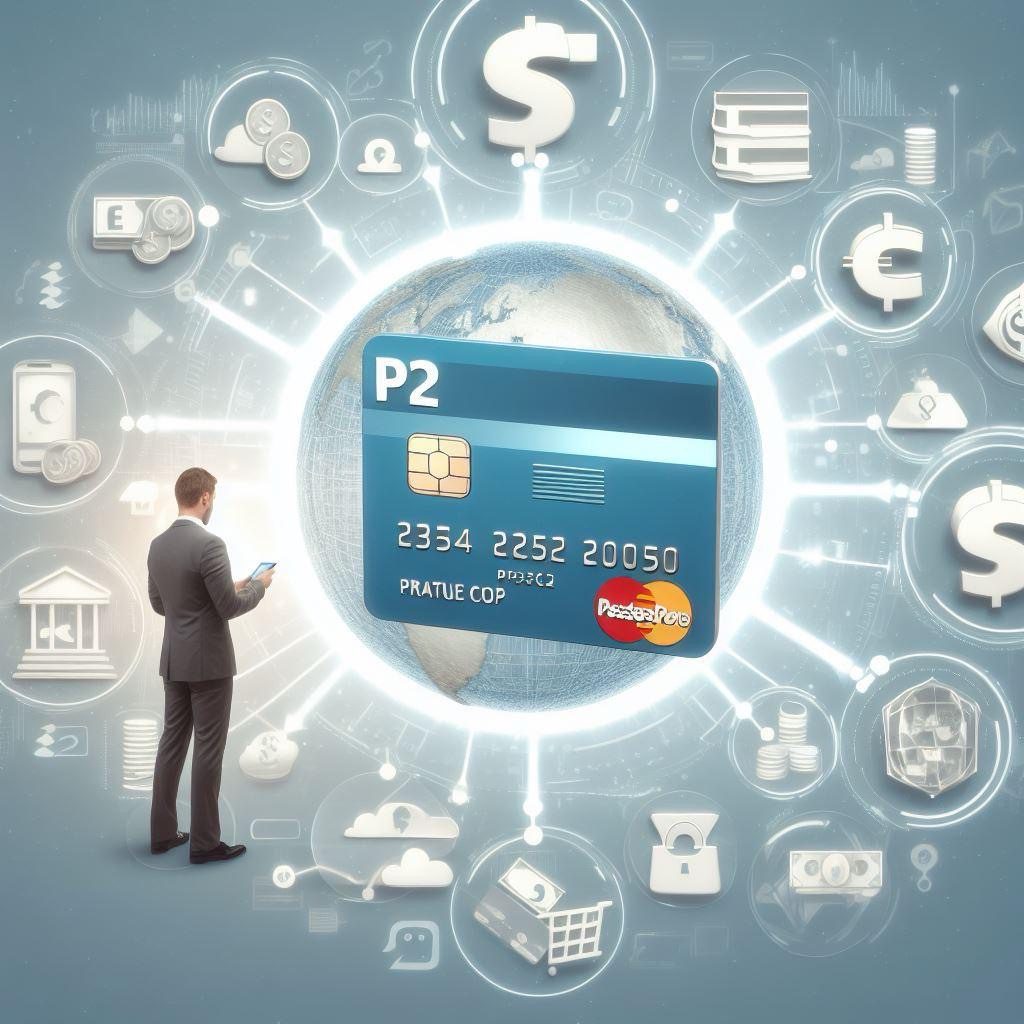Safer Ways to Conduct Digital Transactions
In an increasingly digital world, secure online transactions are essential to protect your financial information and personal data. Whether you’re shopping online, paying bills, or transferring money, following best practices ensures a safer experience. Here are some crucial steps to enhance the security of your digital transactions:
1. Use Unique Passwords
- Why? A strong password is your first line of defense against unauthorized access.
- What to Do:
- Create unique passwords for each online account.
- Avoid using easily guessable information like birthdays or common words.
- Combine uppercase and lowercase letters, numbers, and special characters.
- Consider using a reliable password manager to securely store your passwords.
2. Don’t Save Card Details
- Why? Saving card details on websites or apps increases the risk of unauthorized transactions.
- What to Do:
- Avoid saving credit card information on e-commerce platforms.
- Enter your card details manually for each transaction.
- Regularly review and delete saved payment methods from your accounts.
3. Use Private Networks
- Why? Public Wi-Fi networks are vulnerable to hacking and data interception.
- What to Do:
- Use a virtual private network (VPN) when accessing sensitive information.
- Avoid conducting financial transactions on public Wi-Fi networks.
- Opt for secure home networks or mobile data connections.
4. Regularly Check Your Financial Statements
- Why? Monitoring your account statements helps detect any unauthorized transactions promptly.
- What to Do:
- Review your bank and credit card statements regularly.
- Report any discrepancies or suspicious activity to your bank immediately.
- Enable transaction alerts via SMS or email for real-time notifications.
5. Do Not Share Your Details
- Why? Fraudsters often use phishing emails or calls to trick users into revealing sensitive information.
- What to Do:
- Never share your card details, PIN, OTP, CVV, or UPI-PIN with anyone.
- Be cautious of unsolicited emails or messages asking for personal information.
- Verify the authenticity of communication from your bank or financial institution.
6. Keep Devices Secure
- Why? Compromised devices can lead to unauthorized access to your accounts.
- What to Do:
- Install reputable antivirus software on your devices.
- Keep your operating system and applications up-to-date.
- Enable device lock screens with strong passcodes or biometric authentication.
7. Insist on Secure Websites
- Why? Secure websites (with HTTPS) encrypt data during transmission.
- What to Do:
- Look for the padlock icon in the address bar before entering sensitive information.
- Avoid sharing personal details on non-secure websites.
- Be cautious of phishing sites that mimic legitimate platforms.
8. Educate Yourself
- Why? Staying informed about digital threats and best practices is crucial.
- What to Do:
- Read articles, follow security blogs, and attend webinars on safe online practices.
- Understand common scams and tactics used by cybercriminals.
- Share this knowledge with family and friends to create a safer digital environment.
Remember, proactive steps can significantly reduce the risks associated with digital transactions. By following these guidelines, you’ll enhance your online security and protect your hard-earned money. Stay vigilant and stay safe! 🛡️
For more information, you can refer to the original article on NDTV Profit1.
I hope you find this article helpful! If you have any further questions or need additional assistance, feel free to ask.
Learn More: International Transactions on Credit Card: 2 simple ways to Disable it
